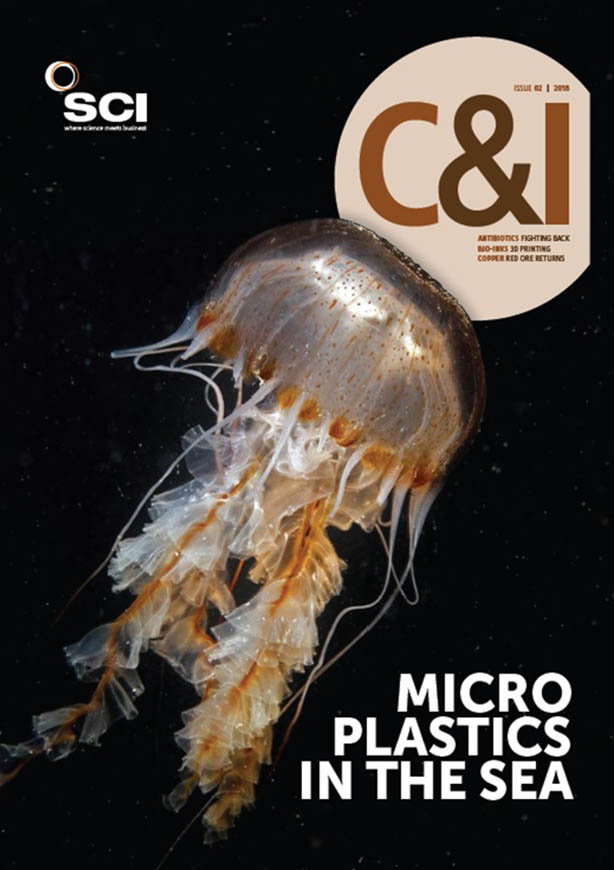Image: Andrzej Wojcicki/Science Photo Library
So what do gut bacteria have to do with memory? Unlikely as it sounds, researchers have found that mice with certain bacteria are better able to remember simple tasks, they reported at the AAAS meeting in Austin, Texas, in February 2018.
Laboratory mice inoculated with three different species of Lactobacillus bacteria not only had a better memory, but they also showed elevated levels of a specific neurotransmitter in the hippocampus region of their brains involved in memory and learning, according to Janet Jansson at Pacific Northwest National Laboratory, Washington.
The work is not yet published; however, the researchers believe the memory boost is due to chemical metabolites produced by the bacteria. ‘By comparing the metabolite composition in the gut of the inoculated germ-free mice to those without any bacteria, we were able to determine specific metabolites produced by the Lactobacillus,’ Jansson said. ‘We are currently investigating our hypothesis that some of these metabolites might be responsible for the improvement in memory we observed.’
This link between gut bacteria and the brain is also being explored by other researchers, such as Rob Knight at the University of California, San Diego. In 2016, for example, Knight and colleagues reported on the ability of the (dead) soil-living bacteria Mycobacterium vaccae to alleviate stress and anxiety in mice – technology that could potentially be developed as a vaccine (PNAS, doi: 10.1073/pnas.1600324113). The same bacteria species, he reported, is now also being investigated for its affect on sleep patterns.
The American Gut Project, cofounded by Knight and colleague Jeff Leach, claims to be the world’s largest crowd-funded citizen science project, raising more than $2m by the start of 2017. The aim is to discover new information on the connections between the human microbiome and health, revealing a much wider role for gut bacteria than previously thought. ‘Through the Project, we now know about the microbiomes of many types of people, from the healthiest to the sickest,’ Knight said. ‘Amazingly, diet has an especially profound effect on our microbiomes - often outweighing the effects of disease or medications.’
Knight likens the hundred trillion or so bacteria that make up the human microbiome to a constantly shifting map. ‘The goal in future,’ he says, ‘is to go beyond the map and develop a microbiome GPS system that tells us: “are we in a good or a bad place?”’
Such a system, Knight speculates, might involve a Smart Toilet that ‘dumps’ back data to a mobile phone app. This app in turn could also be linked to a smart mirror capable of analysing our breath. Simply breathing on the mirror would trigger it to feedback information to the phone app, which would return information on individual disease risk as well as advice on how to modify our behaviour to get back to the ‘good’ place.
It could even include a food barcode scanner or activity tracker that tells you how you might look in 20 years if you do what you do today, he suggested.
One thing presently missing from many microbiome studies, researchers say, are the underlying mechanisms for these dietary effects. In Washington state, Jansson’s group is trying to remedy this by using a combination of multi-omics tools – including DNA, RNA and protein analysis. In one study, she reported how a diet high in ‘resistant starch’ found in foods like potatoes and corn ‘caused significant shifts in many gut microbes and their metabolic pathways’. Individuals eating resistant starch had improved insulin sensitivity, she reported, together with shifts in 100s of proteins and an increase in lipid metabolism.
But while a healthy diet should include a range of plant-based and low GI foods, dietary fibre and herbs such as rosemary, not everyone responds to eating these foods in the same way. Knight referred, for example, to a paper in the journal Cell based on a study in Israel, which found that, for some people, it was ‘better to eat ice cream than rice’ for their blood sugar.
These differences in individual responses are what interests Joseph Petrosino at Baylor College of Medicine, Texas, who believes they could be exploited in future precision or personalised medicines. Petrosino pointed, for example, to two papers in November 2017 (Science, http:// dx.doi.org/10.1126/science.aan4236; ibid, http://dx.doi.org/10.1126/science. aan3706), which showed how patients with Clostridium bacteria in their guts responded better to cancer immunotherapy. His own group uses human 3D tissue models called enteroids to discover how hostmicrobe interactions and molecular responses differ at the level of an individual.
Harnessing the true potential of the microbiome for human health purposes, however, is still some way off. While the microbes in commercial probiotics have been known for years, any new bugs identified in the gut would have to be approved by regulators, Knight said – requiring ‘billions of dollars and 10-20 years’ to bring to market. Meantime, ‘trying to repopulate your gut with probiotics is like trying to seed a rainforest from the foods you find on supermarket shelves. The vast majority of what you want to grow is totally unavailable to you.’





